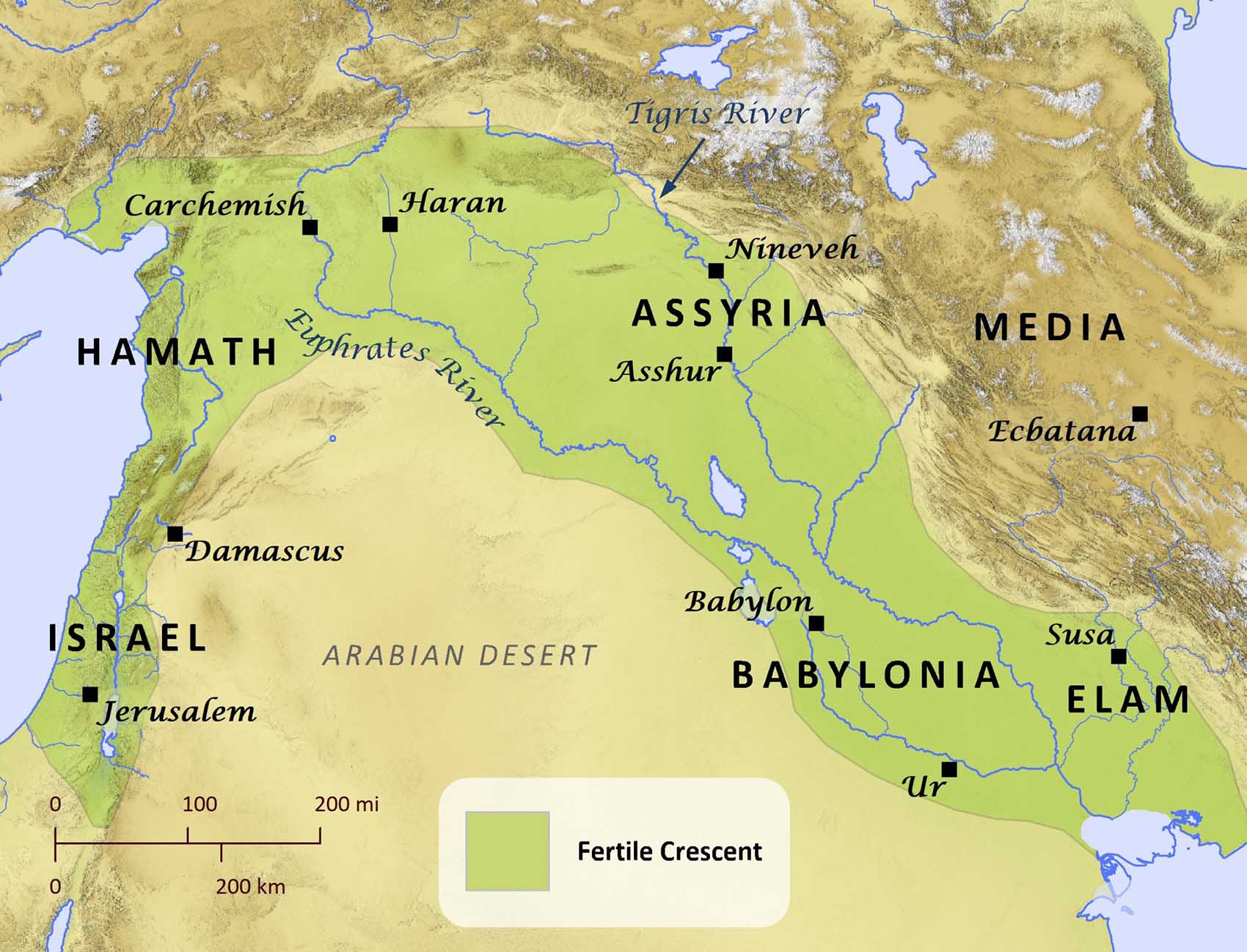Daniel explains the fourth kingdom (Rome), which will crush the kingdoms before it. It will be a mighty and fierce kingdom that is prone to shatter into pieces.
After the Greek Empire (the thighs of bronze), there will be a fourth kingdom as strong as iron, Daniel explains to Nebuchadnezzar. This kingdom is associated with iron because iron crushes and shatters all things, so, like iron that breaks in pieces, it will crush and break all these kingdoms before it in pieces.
This fourth empire is undoubtedly Rome. The Romans were brutal and powerful in ways unlike the empires before. They would obliterate entire kingdoms to make a point of their power. The kingdoms of Babylon, Medo-Persia, and Greece tended to subjugate other kingdoms to gain tax revenue. Rome did this as well, but also sometimes committed genocide and cultural destruction merely to establish its dominance. For example, the Romans razed the city of Carthage to the ground in 146 B.C., slaughtering over half the people there and selling the rest (50,000 survivors) into slavery. Carthage was a prosperous city that could have enriched Rome. But it had sufficiently offended Rome’s prestige to the point that Rome decided to eradicate it.
Daniel’s vision in chapter 7 also shows a depiction of Rome as a beast with iron horns that crushes everything in its path: “…behold, a fourth beast, dreadful and terrifying and extremely strong; and it had large iron teeth. It devoured and crushed and trampled down the remainder with its feet; and it was different from all the beasts that were before it…” (Daniel 7:7). Again, iron is used to represent the strength and brutality of Roman rule.
Rome battled with Greece for many years, but after the Battle of Corinth (146 B.C.) the Greek peninsula belonged to Rome. The Romans put its conquered people under Roman rule, setting up governors and military presence in their new lands. Some of the conquered people were assimilated into becoming Roman citizens, and young men were conscripted into the Roman infantry. This is represented by the feet and toes of the statue that were a mix of clay and iron. The iron represents Rome’s unparalleled toughness and strength. The empire was a vast mixture of different languages, people groups, and encompassed much of the known world at its peak in 117 A.D. However, because of this mixture (represented by the clay and iron in the statue’s feet and toes) the kingdom became brittle and weak, even as iron does not combine with pottery.
The Roman empire was not defeated, it simply crumbled into pieces. In an attempt to reconstitute the Roman Empire in a Christian context, Charlemagne was crowned emperor of what was deemed the Holy Roman Empire in 800 AD. From 800 AD to 1806 AD, this “Holy” empire tried to endure with the spiritual authority of Christianity. First it divided into east and west, represented by the two legs of the statue. Then it broke into various kingdoms. Hearkening back to the glory of Rome, the Germans called their king the “Kaiser” and the Russians called their king the “Czar,” both transliterations of the word “Caesar.” The German monarchy fell in World War I (1919), and the Russian monarchy fell in the Bolshevik revolution of 1917.
The Holy Roman Empire expanded and shrunk for over its roughly thousand years. Western Europe, England, and The United States are descendants of Rome. Many of the current countries of Europe were formed between the last half of the 19th century, after the end of the Holy Roman Empire, and the Versailles treaty that ended World War I.
Biblical Text:
40 Then there will be a fourth kingdom as strong as iron; inasmuch as iron crushes and shatters all things, so, like iron that breaks in pieces, it will crush and break all these in pieces. 41 In that you saw the feet and toes, partly of potter’s clay and partly of iron, it will be a divided kingdom; but it will have in it the toughness of iron, inasmuch as you saw the iron mixed with common clay. 42 As the toes of the feet were partly of iron and partly of pottery, so some of the kingdom will be strong and part of it will be brittle. 43 And in that you saw the iron mixed with common clay, they will combine with one another in the seed of men; but they will not adhere to one another, even as iron does not combine with pottery.
Check out our other commentaries:
-
Daniel 6:14-18 meaning
King Darius was distressed but was required by law to throw Daniel in the lion’s den....... -
Deuteronomy 32:43 meaning
Moses now comments on the LORD’s speech as he invites the nations to join in the celebration of God’s gracious acts on Israel’s behalf....... -
The Four Languages of Jesus’s Judea meaning
Jews of Jesus’s day were multilingual. To varying degrees they understood Hebrew, Aramaic, Greek, and Latin....... -
1 Samuel 17:50-58 meaning
David and Israel are victorious against the Philistines and their champion Goliath....... -
Deuteronomy 4:1-4 meaning
Moses urges the Israelites to be loyal to God by reminding them of the incident at Baal-peor where 24000 of them died because of idolatry. ......



